🚚 Fast Delivery | ⭐ Best Quality | 📞 24/7 Support
+971 2 552 3918
info@coolwaybmllc.com
- Power Tools & Machinery
- Fire and Safety Equipement
Fire and Safety Equipement
- Adhesives
- Plumbing & Sanitary
- Packing Materials
Packing Materials
- Abrasives
- Carpentry
- Welding Accessories
Welding Accessories
- Fasteners
- Lock & Furniture Accessories
Lock & Furniture Accessories
- A/C Refrigeration
- Electrical
Electrical
You can add any HTML here
We suggest you to create a Saved Template in Dashboard -> Templates -> Saved Templates and use it by switching content type above to Saved template.
Hook bolts and eye bolts are essential fastening tools commonly used for securing, lifting, and suspending objects across various industries. While each has its unique shape and specific applications, both hook bolts and eye bolts play a crucial role in construction, rigging, and mechanical setups, where reliable and secure attachment is required.
A hook bolt is a bolt with one end curved into a hook shape, designed to secure objects by hanging or hooking onto them. Made from durable materials like stainless steel or galvanized steel, hook bolts provide reliable strength while resisting corrosion, making them suitable for both indoor and outdoor environments. Hook bolts are often used to secure roofing structures, install suspended equipment, or manage cable installations, thanks to their ease of use in attaching and detaching items quickly.
The hook shape is particularly advantageous for temporary setups or applications where frequent adjustments are needed. For example, in construction, hook bolts are commonly used to secure metal sheets to frames or to suspend electrical fixtures and cable systems. The open hook end allows quick access and flexibility, making it ideal for applications where traditional bolting methods would be cumbersome or unnecessary. However, hook bolts are generally not suited for heavy lifting or critical load-bearing due to the open hook design, which may deform under excessive load.
An eye bolt features a circular, closed-loop (eye) at one end, designed to secure ropes, cables, or chains for lifting or attaching heavy objects. Eye bolts are made from materials like stainless steel, carbon steel, or alloy steel, providing high strength and durability to handle substantial weights. They come in various types, including straight eye bolts for in-line pulling and shoulder eye bolts for angled or side pulling, accommodating a range of load and directional requirements.
Eye bolts are widely used in construction, rigging, and lifting applications, where secure, load-bearing connections are crucial. The closed loop prevents detachment, making eye bolts ideal for lifting, hoisting, or anchoring heavy equipment or structures. In rigging, eye bolts allow for secure connections in cranes, hoists, and pulleys, enabling safe and controlled lifting operations. The shoulder type provides added strength for angled loads, ensuring structural integrity even under stress.
In summary, hook bolts and eye bolts offer distinct advantages in fastening and securing tasks. Hook bolts are ideal for quick and flexible attachments in lighter applications, while eye bolts provide secure, load-bearing solutions for lifting and anchoring. Both types are invaluable in construction, industrial setups, and mechanical applications where secure and adaptable fastening is essential.
There is £4.99 charge for delivery under £50 Orders. Additional charges will be imposed by our couriers for delivery to remote area, a surcharge may be levied to cover carriage to these areas.
Hook bolt and eye bolt
1,00 د.إ
- Hook Bolt:
- Bolt with a hooked end, used for securing or suspending objects.
- Ideal for applications needing a quick, easy attachment.
- Made from strong materials like stainless or galvanized steel.
- Commonly used in construction, roofing, and cable installations.
- Eye Bolt:
- Bolt with a looped (eye) end, designed for heavy load-bearing connections.
- Used to attach cables, chains, or ropes for lifting and securing purposes.
- Available in various types (e.g., shoulder, straight) for different applications.
- Popular in construction, rigging, and industrial settings.
Hook bolts and eye bolts are essential fastening tools commonly used for securing, lifting, and suspending objects across various industries. While each has its unique shape and specific applications, both hook bolts and eye bolts play a crucial role in construction, rigging, and mechanical setups, where reliable and secure attachment is required.
A hook bolt is a bolt with one end curved into a hook shape, designed to secure objects by hanging or hooking onto them. Made from durable materials like stainless steel or galvanized steel, hook bolts provide reliable strength while resisting corrosion, making them suitable for both indoor and outdoor environments. Hook bolts are often used to secure roofing structures, install suspended equipment, or manage cable installations, thanks to their ease of use in attaching and detaching items quickly.
The hook shape is particularly advantageous for temporary setups or applications where frequent adjustments are needed. For example, in construction, hook bolts are commonly used to secure metal sheets to frames or to suspend electrical fixtures and cable systems. The open hook end allows quick access and flexibility, making it ideal for applications where traditional bolting methods would be cumbersome or unnecessary. However, hook bolts are generally not suited for heavy lifting or critical load-bearing due to the open hook design, which may deform under excessive load.
An eye bolt features a circular, closed-loop (eye) at one end, designed to secure ropes, cables, or chains for lifting or attaching heavy objects. Eye bolts are made from materials like stainless steel, carbon steel, or alloy steel, providing high strength and durability to handle substantial weights. They come in various types, including straight eye bolts for in-line pulling and shoulder eye bolts for angled or side pulling, accommodating a range of load and directional requirements.
Eye bolts are widely used in construction, rigging, and lifting applications, where secure, load-bearing connections are crucial. The closed loop prevents detachment, making eye bolts ideal for lifting, hoisting, or anchoring heavy equipment or structures. In rigging, eye bolts allow for secure connections in cranes, hoists, and pulleys, enabling safe and controlled lifting operations. The shoulder type provides added strength for angled loads, ensuring structural integrity even under stress.
In summary, hook bolts and eye bolts offer distinct advantages in fastening and securing tasks. Hook bolts are ideal for quick and flexible attachments in lighter applications, while eye bolts provide secure, load-bearing solutions for lifting and anchoring. Both types are invaluable in construction, industrial setups, and mechanical applications where secure and adaptable fastening is essential.
There is £4.99 charge for delivery under £50 Orders. Additional charges will be imposed by our couriers for delivery to remote area, a surcharge may be levied to cover carriage to these areas.
Reviews
There are no reviews yet.
Buy more save more!
Buy from 2 to 4 items and get 10% OFF
on each productBuy from 5 to 8 items and get 15% OFF
on each product- Free shipping on all orders above 50,00
- No hassle returns, 30 days return
- Next day delivery within your country

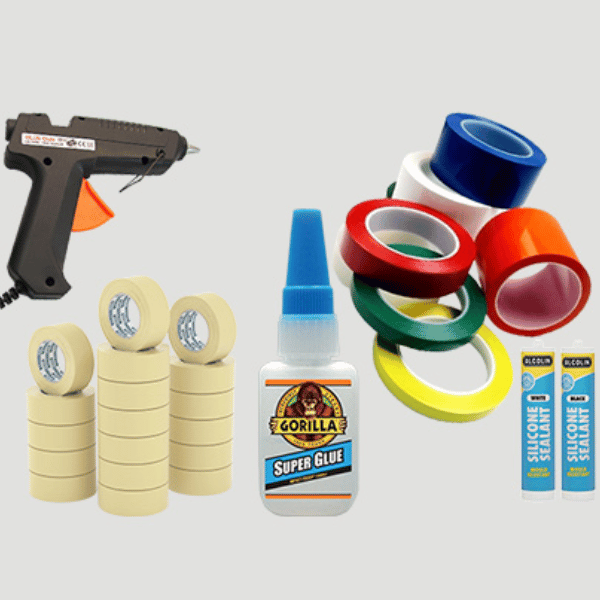
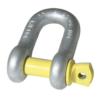
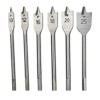

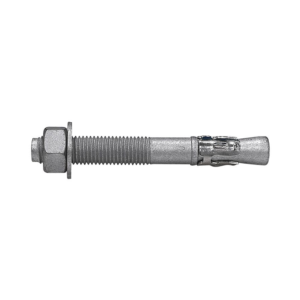
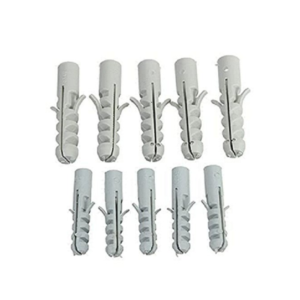
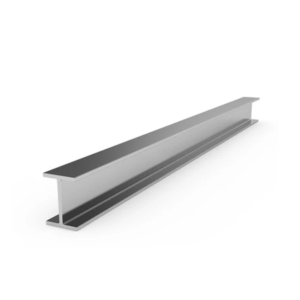

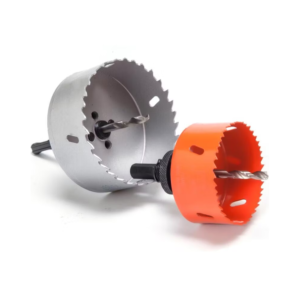
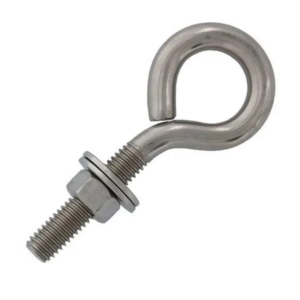
Reviews
There are no reviews yet.